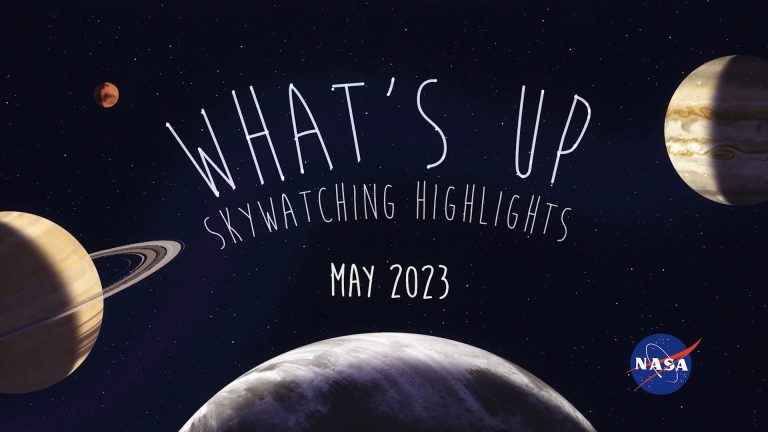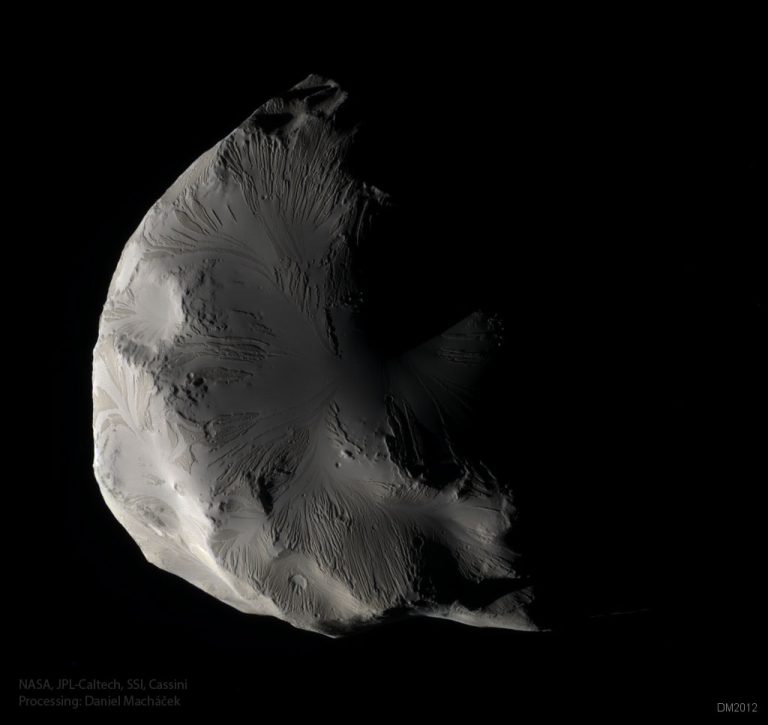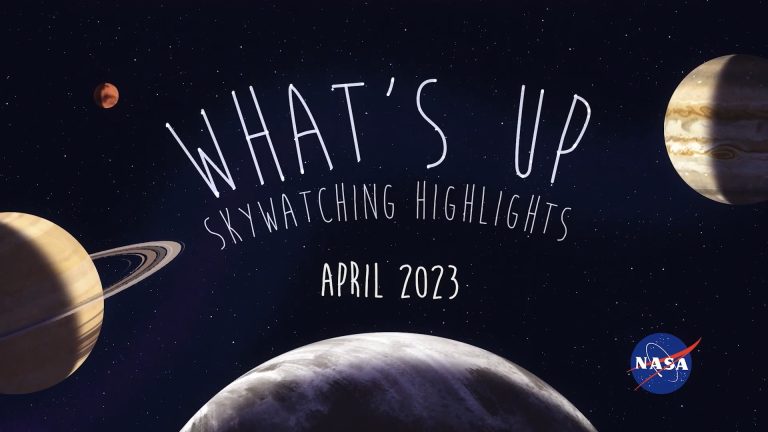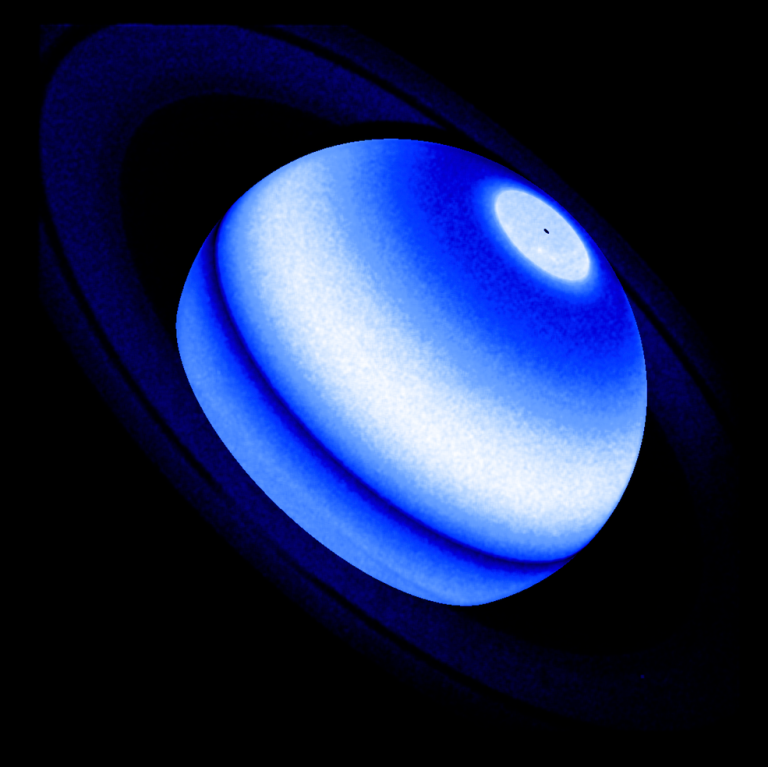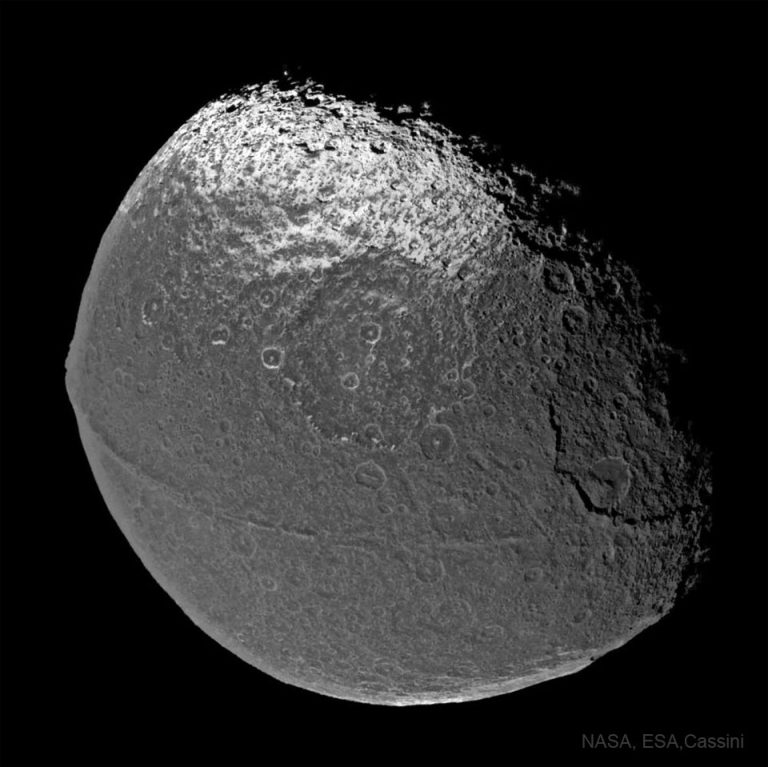观星指南(2023年6月)
6月份的天空会发生什么? 影像来源:NASA/JPL-Caltech 翻译:灼眼的粉丝 火星和金星,夏天的星星,还有夏至! 随着北半球夏季明亮的行星升起,战争和爱情的行星每晚都越来越近。请注意21号的夏至。 月度亮点 6月1日至2日——火星位于蜂巢星团(M44)。天黑后在西方寻找这颗红色的行星,双筒望远镜或小型望远镜会在这个开放的星团中发现一个闪闪发光的恒星背景。 6月3日——满月 6月18日——新月 6月21日——今晚新月与金星和火星组成一个可爱的组合。日落后在西方找到它们。 6月21日——夏至。对北方来说,这是一年中白昼时间最长的一天,因为太阳在天空中的轨迹最高、最长。南半球的情况正好相反,在寒冷的冬季,南半球一年中白昼时间最短的一天。 整月——日落之后,火星和金星在西方天空的每个夜晚都越来越近。每晚这对双星会出现在天空稍低的地方。 整月——土星带领木星进入新的一天。这颗有环行星在午夜前后升起,几个小时后,木星尾随其后。 整月——天黑后的头几个小时,头顶上的两颗亮星是角宿一和大角星(对北半球的观星者来说)。 南半球的观星者将在朝南的视野中发现明亮的半人马座α星和马腹一,以及南十字座的恒星。 整月——注意夏季大三角的恒星——织女星、天津四和牛郎星——在天黑后的几个小时里从东方升起。整个夏天,它们每个月升起得更早。 文字记录 6月份的天空会发生什么?行星嗡嗡作响的蜂巢,你明亮的昏星,以及夏至如何揭示地球的大小。 6月21日傍晚,新月在火星和金星附近的星空图。 影像来源:NASA/JPL-Caltech 6月1日和2日,火星会在蜂巢里。这颗红色星球穿过蜂巢星团,也被称为鬼宿星团或M44。这是一个著名的疏散星团,位于大约600光年外的巨蟹座。通过双筒望远镜或小型望远镜,可以看到火星铁锈色圆盘周围闪烁着微弱的恒星。 你可以看到火星和金星在整个月的日落之后在西方天空中越来越近。附近是明亮的蓝白色的轩辕十四——狮子座的心脏。在20日到22日,新月经过,在6月21日的黄昏形成一个特别可爱的组合。 转到早晨的天空,土星和木星在黎明前升起,这颗有环行星在午夜左右升起,引领明亮的木星进入新的一天。早起的人会发现它们在整个月的日出前就出现在天空的东边。6月14日,你会发现木星和新月一起升起。 这张6月14日的天象图显示,日出前木星和月亮在东方,土星在天空的更南边。 影像来源:NASA/JPL-Caltech 在六月初的夜晚,面朝南方,你会发现天空中有两颗特别明亮的星星。它们是角宿一和大角星。 蓝白色的角宿一是处女座中最亮的恒星。它距离我们约250光年,实际上是两颗恒星每4天相互公转一次,距离比水星绕太阳运行的距离近得多。 在六月的夜晚,面向南方,北半球的观星者会注意到两颗亮星:角宿五和大角星。 影像来源:NASA/JPL-Caltech 橙色巨星大角星是牧夫座中最亮的恒星。它是天空中第四亮的星。它比角宿一近得多,距离地球大约37光年。与我们的太阳相比,它也是一颗相当古老的恒星,有70-80亿年的历史。 同样在六月的晚上,你会注意到夏季大三角的恒星——织女星、天津四和牛郎星——在天黑后的几个小时里升起,这预示着北方夏季漫长而温暖的夜晚的到来。随着夏季的到来,夏季大三角每个月升起的时间都更早。 6月21日是北半球的夏至,南半球的冬至。对北半球来说,这是一年中白昼时间最长的一天,因为太阳在天空中的轨迹最高、最长。除了头顶上更直射的太阳角度之外,更多的日照时间转化为地球夏季半球更温暖的夏季温度。对于生活在赤道以南的人来说,情况正好相反,在寒冷的冬季,那里一年中白天最短。 6月的夏至还有一个有趣的说法。2200年前,它帮助古希腊人非常准确地了解了地球的大小。一位名叫埃拉托色尼的学者注意到,在冬至日的中午,两个相距800公里的城市的地面上放置的杆子所投下的影子长度不同。一个完全没有影子,而另一个却有很长的影子。埃拉托色尼将阴影与两个城市的距离进行比较,推断出地球的周长约为4万公里,这是实际值。 他也是第一个计算出地轴倾斜的人——毕竟,地轴倾斜是造成至日和季节本身的原因。 以下是六月的月相。 2023年6月份的月相。 影像来源:NASA/JPL-Caltech 您可以在nasa.gov网站上随时了解NASA探索太阳系及其他地区的所有任务。 我是来自NASA喷气推进实验室的普雷斯顿·戴奇斯,以上就是6月份的天象。 参考来源: https://solarsystem.nasa.gov/skywatching/whats-up/



